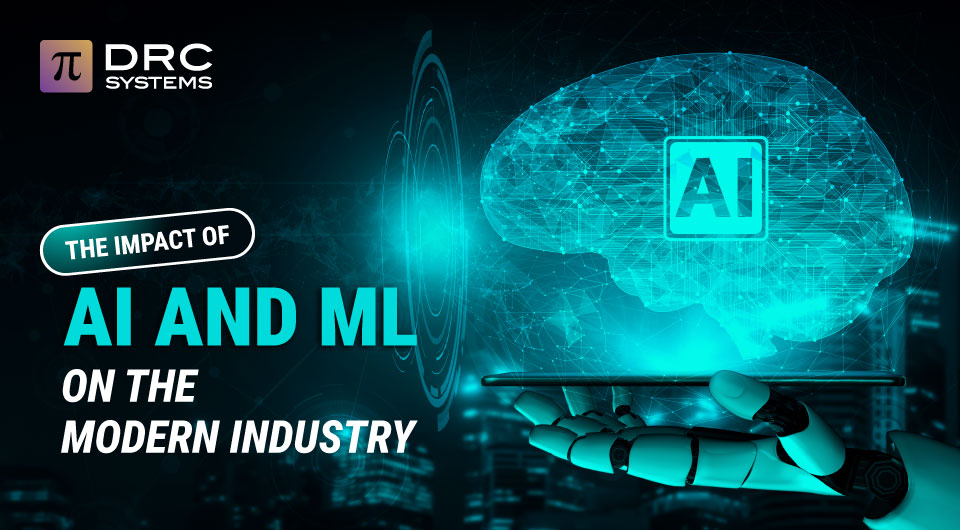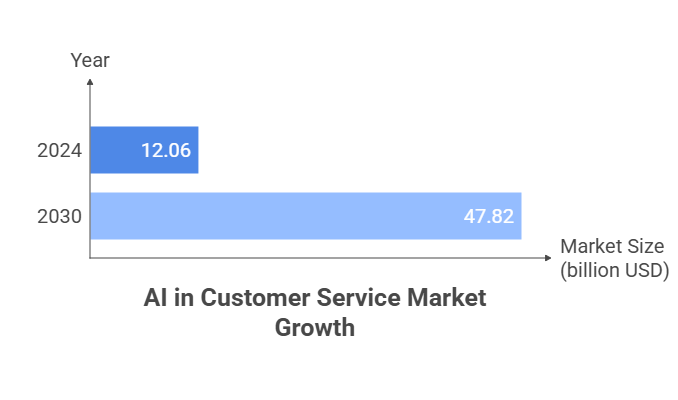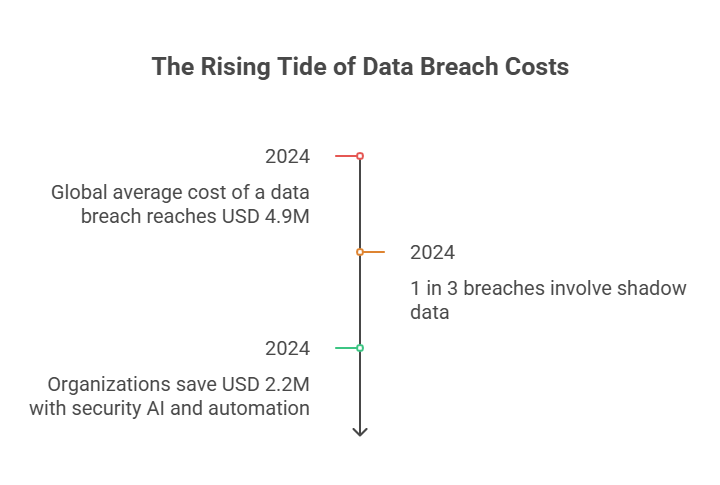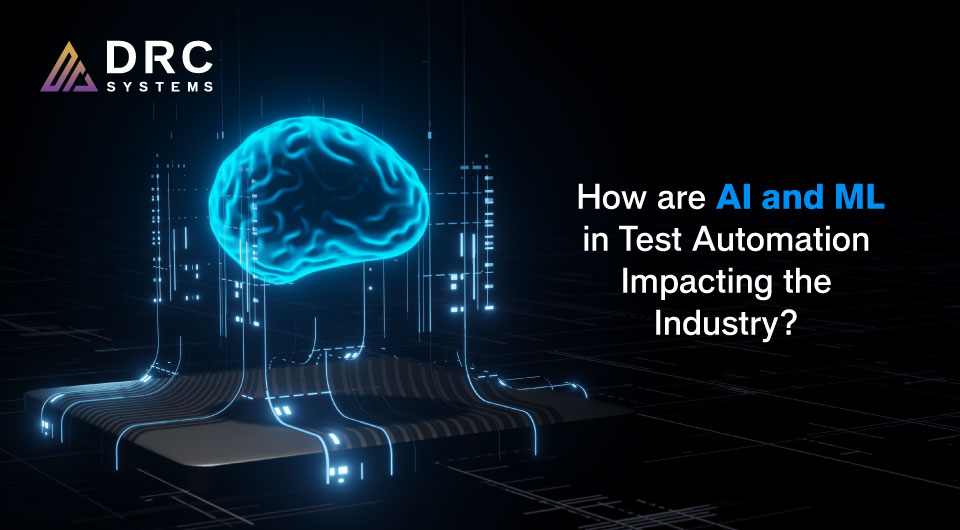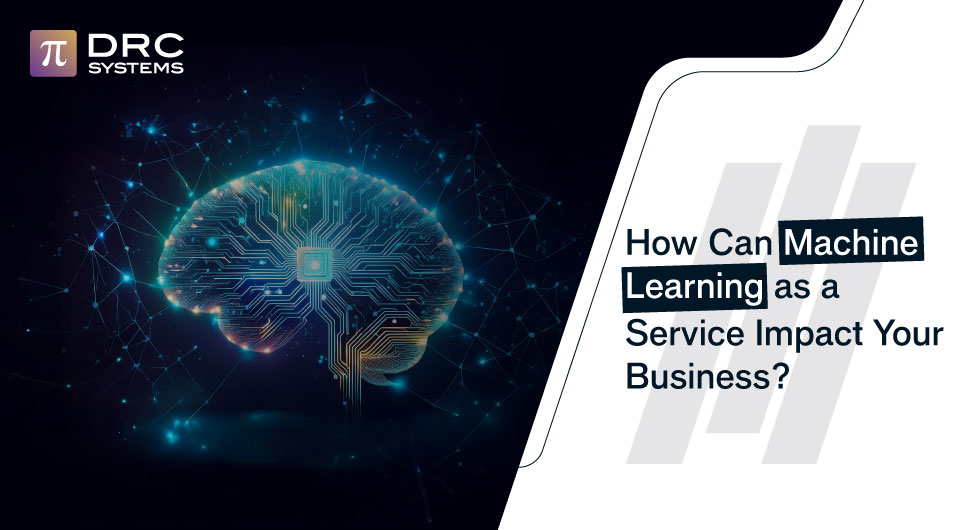Related Articles
How AI and ML are Transforming Test Automation For The Better?
The first rule of technology used in a business is that automation applied to an efficient operation will magnify the…
Read The PostThe Innovation of Computer Vision with AI and ML
Enterprises today are investing millions of dollars in image and video technologies across industries such as manufacturing, security, analytics, and…
Read The PostHow Can Machine Learning as a Service Impact Your Business?
The total volume of data created, acquired, copied, and consumed reached 149 zettabytes in 2024 and is estimated to reach…
Read The Post